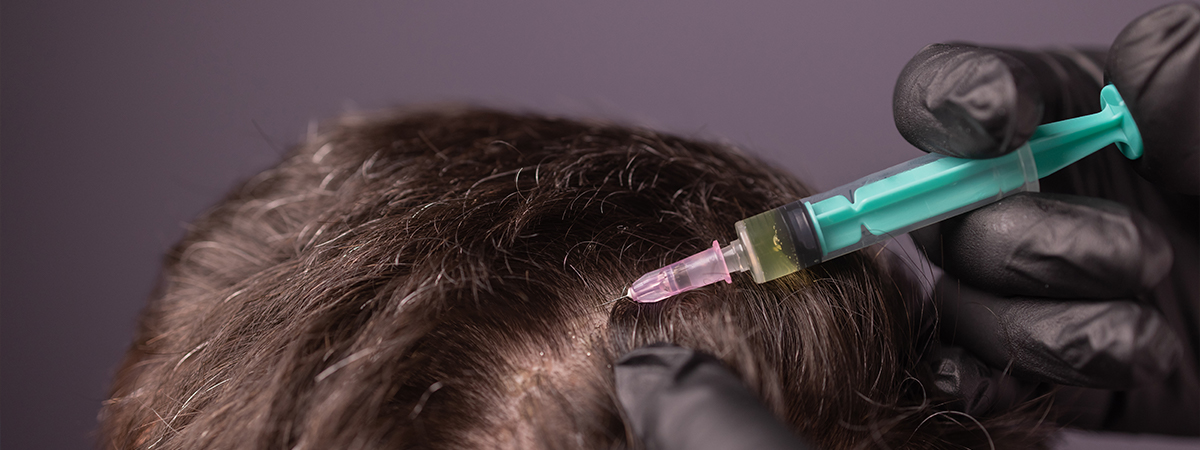The Science of Hair Growth: How a Hair Transplant Works at the Follicle Level
Given all the hair loss we face today, science has given us a game-changer: hair transplants. If you’ve ever wondered how they work, you’ve come to the right place. Knowing the science can make you feel emboldened to take that step.
Let’s take a look at how each of these follicles works in helping to grow your hair back naturally and permanently, with expert attention at Hair Transplant clinic Mumbai such as La Densitae.
What Drives Hair Growth? A Look at the Roots
At the root of each hair is a little structure that attaches to, and is fed by, tiny blood vessels. It is a little tunnel in your skin where hair starts to grow. Inside, cells proliferate quickly, forming the base of the hair strand. That strand eventually pushes up through your skin and is visible as the hair you see.
The life cycle of hair consists of three stages:
- Anagen (growth)
- Catagen (transition)
- Telogen (rest)
The hair grows only in the anagen phase. The appearance of baldness occurs when follicles cease re-entering this phase.
Why Hair Loss Happens and What Can Be Done
Hair loss often begins gradually, resulting from a combination of heredity, hormonal activity, and other factors, and can progress slowly and subtly over time. A central villain is the hormone DHT, which shrinks hair follicles in increasing numbers over time. With time, hair grows thinner as the follicles become weaker, eventually leading to its fall out. Thankfully, these days, hair transplants offer a proven and effective solution. Transplanting DHT-resistant hair to bald areas. DHT-resistant hair on the back and sides of the scalp serves as a permanent source of donor hair.
Hormones and Genetics Work Together
The primary cause of hair loss is a mixture of hormones and genetics. In those who are genetically susceptible, a hormone called DHT (dihydrotestosterone) shrinks hair follicles. And as the follicles age, they produce thinner and shorter hair until eventually they stop producing hair entirely.
Donor and Recipient Areas: What Makes Them Different
The donor areas are typically located at the back or sides of your head. These are the ones that have a natural immunity against DHT and, therefore, remain strong and healthy. Conversely, the recipient site is the location where the hair has thinned vertically or disappeared altogether. The aim is to transfer strong follicles from the donor to the recipient area, which continue to grow in the same manner as they did previously.
How a Hair Transplant Works at the Follicle Level
A hair transplant involves relocating healthy, active follicles from one part of the body, typically the back or side of the scalp, to areas of the scalp where hair has thinned or disappeared. One by one, each follicle is painstakingly removed and transplanted into minuscule incisions in the scalp. Once there, these follicles behave as they did where they originated. They implant, establish a blood supply, and start growing new hair, naturally. The process is about maintaining the structure of the follicle to keep its natural growth cycle in motion.
The Process of Follicle Redistribution
Essentially, a hair transplant involves the transplantation of living hair follicles. Each one is removed painstakingly from the donor area and planted individually in the bald or thinning area. The new spots are carefully selected to be in harmony with the natural placement of your original hair.
Follicular Unit Extraction (FUE): A Modern Approach
With the FUE technique, follicular units are harvested one by one using a tiny punch. This results in minimal scarring and a quicker recovery. These extracted follicles are then transplanted to the scalp with meticulous care. That is the method adopted by many clinics, including La Densitae, as it appears natural, and the healing process is much faster.
What Happens After Transplantation?
The Shedding Phase and New Growth
You might not believe it, but in the weeks following a hair transplant, the newly planted hair frequently falls out. This is entirely normal. It’s called shock loss, and it creates space for new, healthy hair to grow from the same follicle.
New hair eventually starts to sprout, but only gradually over the following few months. It’s a little weak at first, but it gets stronger. The vast majority experience dramatic improvement within 6 to 12 months.
Hair Transplants Stimulate New Growth Naturally
The transplanted follicles can not only grow but also stimulate nearby dormant ones. Some clinics enhance this by adding PRP (platelet-rich plasma), which is rich in natural growth factors. This improves healing and accelerates hair growth.
Why It Works: Real Science, Real Results
Hair transplants succeed because they don’t merely add fake hair — they relocate actual, living, and growing tissue. Placed in the new region, the follicle functions as it did in the donor site. I just want to say I love wigs; they grow, they shake, they can get washed, styled, and even cut like your original hair.
Conclusion: Trust the Science, Trust the Process
It’s about much more than a cosmetic sense of loss. They are grounded in actual, biological science and provide lasting benefits. Each follicle counts, and when it moves in the right direction, it brings confidence, youth, and self-assurance along with it. Whether you are a newly losing-your-hair person or have been experiencing hair loss for decades, understanding the science of hair growth and how a hair transplant can stimulate your hair to grow at the level of your follicle can help you make an informed, life-altering decision.











